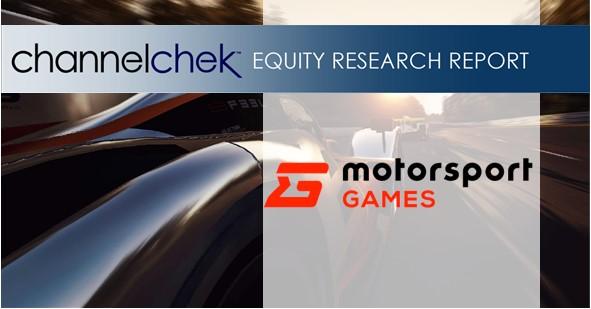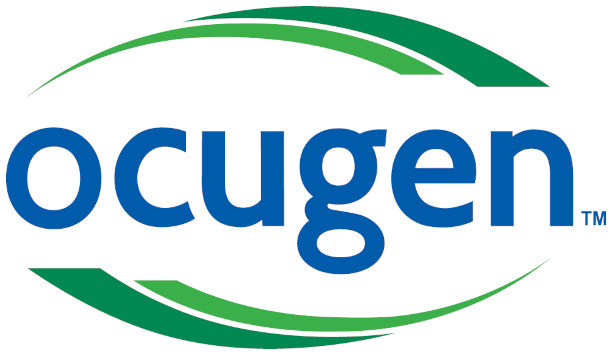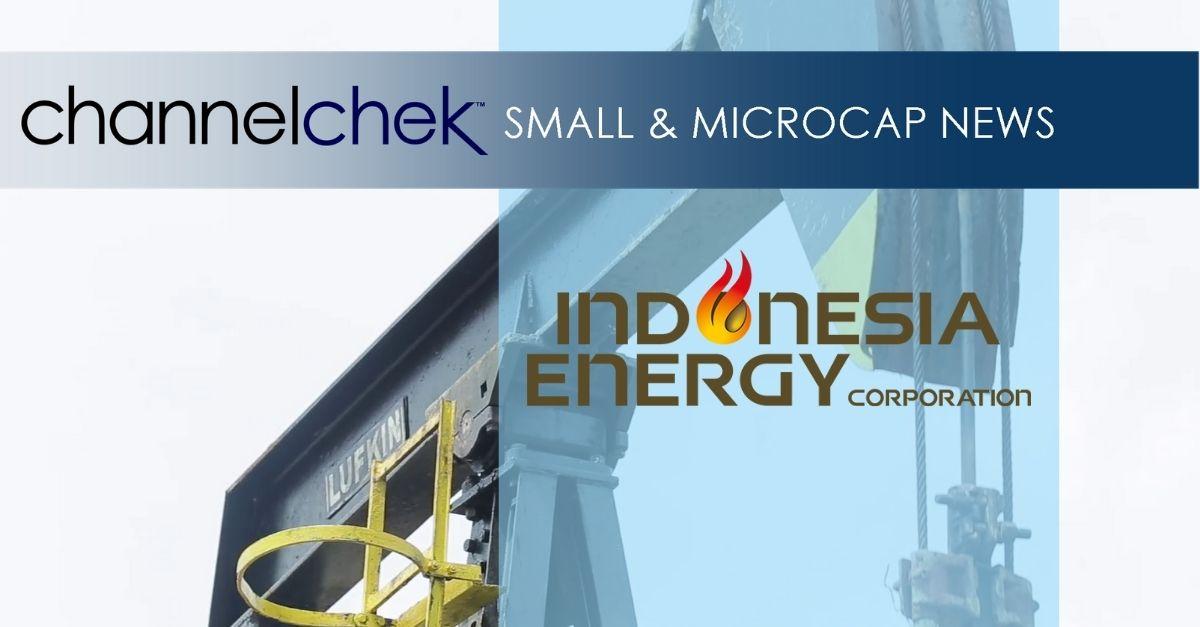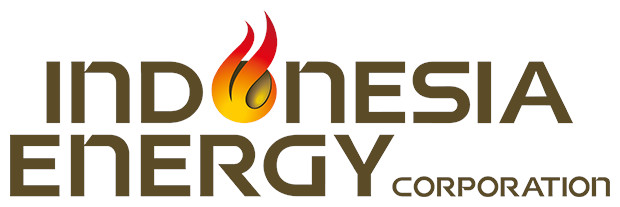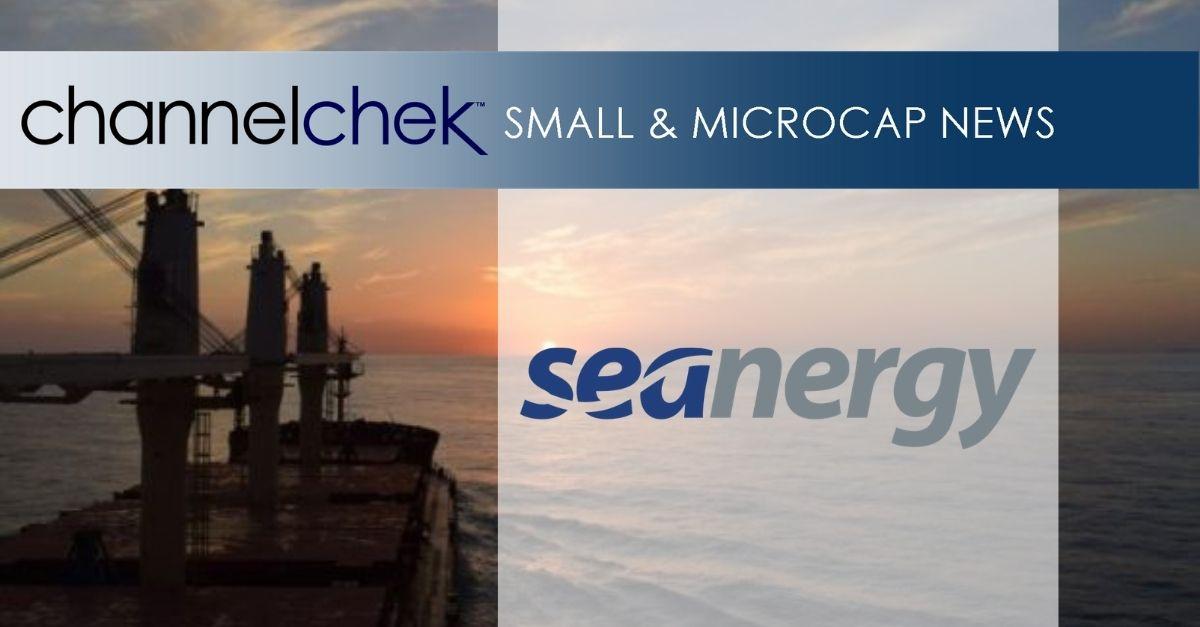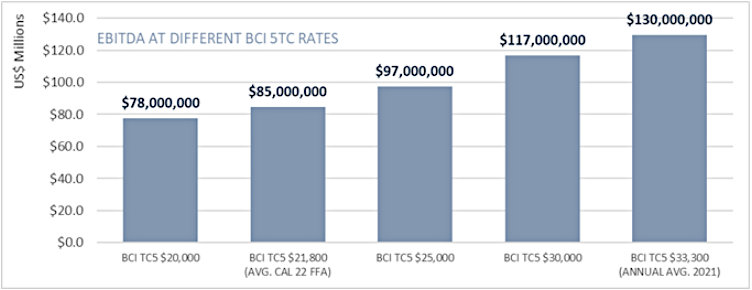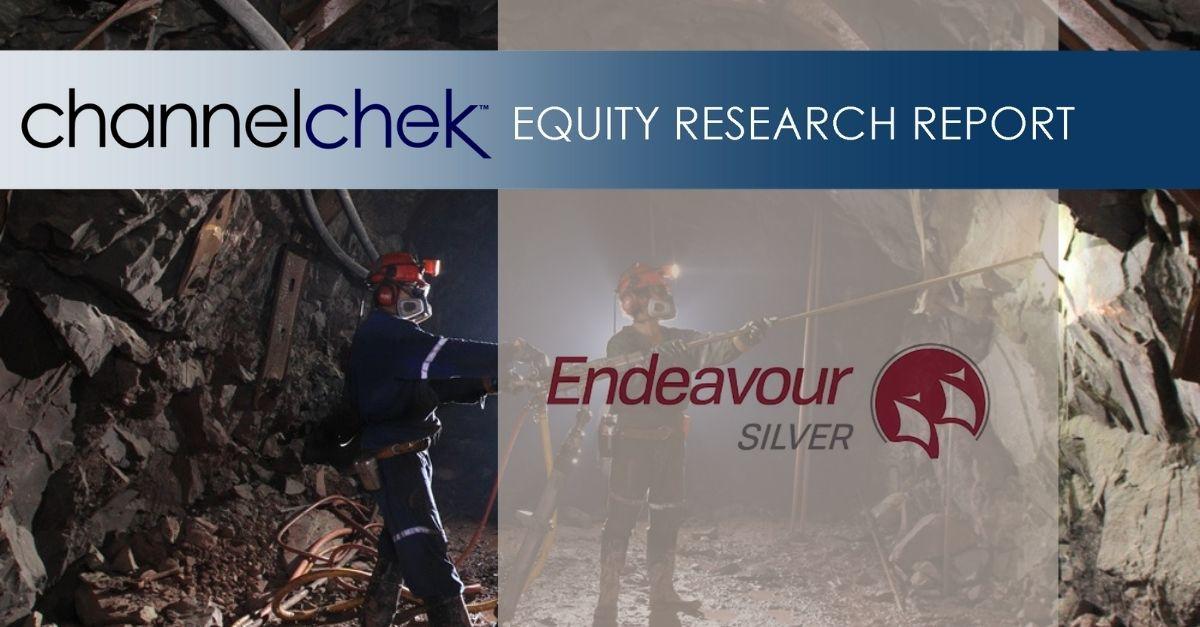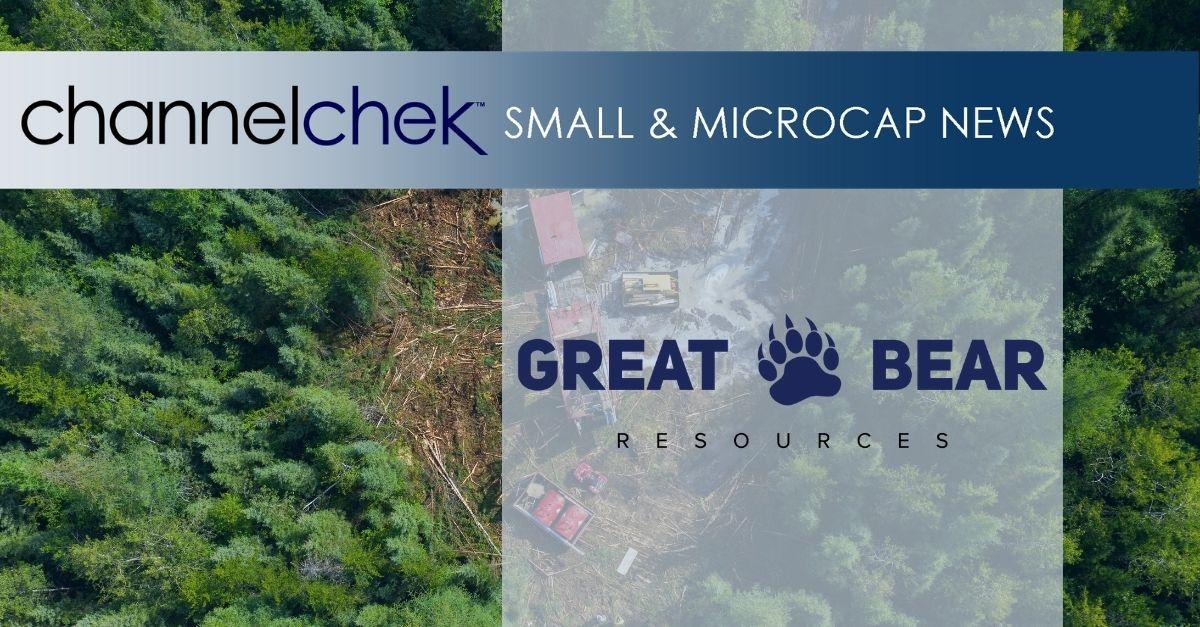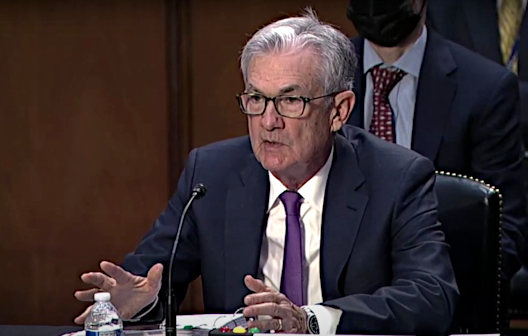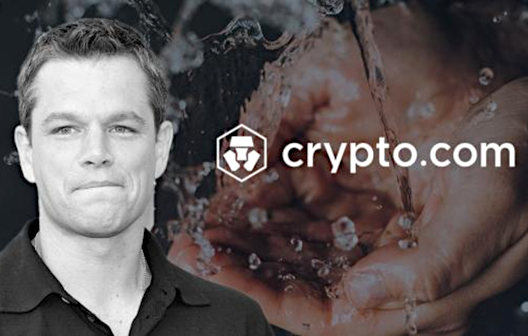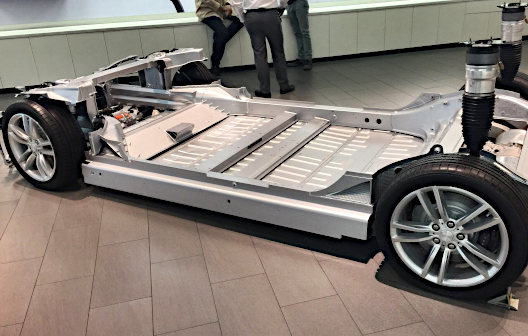
Great Bear Announces the Filing of its Management Information Circular in Connection with its Special Meeting to Approve Acquisition by Kinross
Research, News, and Market Data on Great Bear Resources
January 20, 2022 – Vancouver, British Columbia, Canada – Great Bear Resources Ltd. (the “Company” or “Great Bear”, TSX-V: GBR; OTCQX: GTBAF) announced today that it has mailed and filed a management information circular and related materials (the “Meeting Materials”) for its special meeting (the “Meeting”) of shareholders, optionholders, restricted share unit (“RSU”) holders, and deferred share unit (“DSU”) holders of Great Bear (collectively, “Securityholders”) to be held on February 14, 2022, in connection with the proposed acquisition of Great Bear by Kinross Gold Corporation (“Kinross”, TSX: K; NYSE: KGC) announced on December 8, 2021 (the “Transaction”).
Information about the Meeting and Receipt of Interim Court Order
Due to the ongoing public health concerns related to the COVID-19 pandemic, and in order to ensure the health and well-being of our Securityholders, employees, communities and other stakeholders, the Meeting will be conducted virtually via live audio webcast, using the Summit meeting platform at https://meetnow.global/MCZJJLW. Registered Securityholders and duly appointed proxyholders will be able to vote in real time and ask questions at the Meeting by following the instructions set out in the Circular. Beneficial Securityholders who have not duly appointed themselves as proxyholders may attend the Meeting as guests. Guests may listen but cannot vote at the Meeting or ask questions. Securityholders should closely review the Meeting Materials to ensure that they are able to cast their vote at and participate in the Meeting.
On January 13, 2022, Great Bear obtained an interim order (the “Interim Order”) from the Supreme Court of British Columbia (the “Court”) authorizing the holding of the Meeting and matters relating to the conduct of the Meeting. At the Meeting, Securityholders will be asked to consider and, if deemed advisable, pass a special resolution (the “Arrangement Resolution”) to approve an arrangement (the “Arrangement”), in accordance with the terms of an arrangement agreement (the “Arrangement Agreement”) entered into by the Company and Kinross on December 8, 2021, pursuant to which Kinross agreed to acquire all of the issued and outstanding Great Bear common shares (“Great Bear Shares”) that it does not already own by way of a statutory plan of arrangement (the “Plan of Arrangement”) under section 288 of the Business Corporations Act (British Columbia).
The Meeting Materials contain important information regarding the Transaction, how Securityholders can participate and vote at the Meeting, the background that led to the Transaction and the reasons for the unanimous determinations of the special committee of independent directors of the Company (the “Special Committee”) as well as the board of directors of the Company (the “Board”) that the Transaction is in the best interests of the Company and is fair to Shareholders. Securityholders should carefully review all of the Meeting Materials as they contain important information concerning the Transaction and the rights and entitlements of Securityholders thereunder. The Meeting Materials have been filed by the Company on SEDAR and are available under the Company’s profile at www.sedar.com.
Transaction Details
Under the terms of the Transaction, Great Bear shareholders will receive upfront consideration of approximately C$1.8 billion, representing C$29.00 per Great Bear Share on a fully diluted basis (“Consideration”). Great Bear shareholders will be able to elect to receive the upfront consideration as either (i) C$29.00 in cash or (ii) 3.8564 Kinross shares per Great Bear share, both subject to proration. The upfront consideration will be subject to maximum aggregate cash consideration of approximately C$1.4 billion and a maximum of approximately 80.8 million Kinross shares issuable. Great Bear shareholders who do not elect cash or Kinross shares will be deemed to have elected to receive cash, subject to pro-ration.
In order to make a valid election, registered Securityholders must duly complete, execute and return the letter of transmittal and election form enclosed with the Meeting Materials in accordance with the instructions contained therein by 4:30 p.m. (Vancouver time) on February 9, 2022, or, if the Meeting is adjourned or postponed, no later than 72 hours (excluding Saturdays, Sundays and statutory holidays in British Columbia) before the adjourned Meeting is reconvened or the postponed Meeting is convened. Beneficial Great Bear shareholders should follow the instructions provided by your intermediary to make your election.
Great Bear shareholders will also receive contingent consideration in the form of contingent value rights (“CVRs”) providing for further potential consideration equal to 0.1330 of a Kinross share per Great Bear Share. The contingent consideration will be payable in connection with Kinross’ public announcement of commercial production at the Dixie project, provided that at least 8.5 million gold ounces of measured and indicated mineral resources have been disclosed.
The Consideration represents a premium of 31% and 40% to the closing price and the volume weighted average price (“VWAP”), respectively, of Great Bear’s shares on the TSX-V for the 20-day period ending December 7, 2021.
The Arrangement Agreement provides for customary deal-protection provisions, including a non-solicitation covenant on the part of Great Bear and a right for Kinross to match any Superior Proposal (as defined in the Arrangement Agreement). The Arrangement Agreement includes a termination fee of C$85 million, payable by Great Bear to Kinross, under certain circumstances (including if the Arrangement Agreement is terminated in connection with Great Bear pursuing a Superior Proposal). Directors, officers, and certain shareholders of Great Bear, owning in aggregate approximately 20% of Great Bear’s voting securities have agreed to vote all the securities they own or control in favour of the Transaction.
Reasons for the Arrangement
In evaluating and unanimously approving the Arrangement, the Special Committee and the Board gave careful consideration to the current position and condition and the expected and potential future position and condition of the business of the Company, and all terms of the Arrangement Agreement, including the conditions precedent, representations and warranties and deal protection provisions. The Special Committee and the Board considered a number of factors including, among others, the following:
- Significant Premium to Great Bear Shareholders – The Consideration represents a premium of 31% and 40% to the closing price and the 20-day VWAP, respectively, of Great Bear’s shares on the TSXV as at December 7, 2021. The total equity value of the Consideration pursuant to the Arrangement are approximately $1.8 billion on a fully diluted basis and $58.2 million on a partially diluted basis, respectively (based on the closing price of Kinross Shares on the TSX on December 8, 2021).
- Optionality for Great Bear Shareholders – The Great Bear shareholders have the option to receive either (a) $29.00 in cash for each Great Bear share held or (b) 3.8564 Kinross shares for each Great Bear share held, subject to pro-ration.
- Ability to Participate in Future Potential Growth of Combined Entity – By having the ability to elect to receive Kinross Shares under the Arrangement, and the issuance of CVRs under the Arrangement, Great Bear shareholders will have an opportunity to retain exposure to the Dixie Project, while gaining exposure to Kinross’s diversified portfolio of high-quality operating mines, sector-leading production growth and free cash flow generation in a robust gold price environment. Kinross has the technical, development, operating and financial capabilities to advance the Dixie Project, as a top growth priority, from exploration to development, building on and further enhancing its top tier potential.
- Benefits to Local Stakeholders – Kinross’ history of strong Indigenous community relationships and industry recognition as a leader in sustainability and environmental stewardship, along with its Canadian identity and headquarters in Ontario will facilitate close ties between the Combined Company and the Dixie Project’s local communities, including the Wabauskang and Lac Seul First Nations, which will help to maximize lasting sustainable socio-economic benefits to their local communities and the local area.
- Business and Industry Risks – The business, operations, assets, financial condition, operating results and prospects of Great Bear are subject to significant uncertainty, including (but not limited to) risks associated with Great Bear’s dependency on the Dixie Project, its only material property, for its future operating revenue, permitting and regulatory approvals, exploration and development risks and commodity price and inflation risks. The Board concluded that the Consideration under the Arrangement is more favourable to Great Bear Shareholders than continuing with Great Bear’s current business plan, including the inherent risks associated with ownership of a single-asset mining company, after taking into account the potential for such business plan to generate value for Great Bear shareholders through the continued exploration and potential development of Great Bear’s Dixie Project and Great Bear’s other exploration assets.
Board Recommendation
The Board unanimously recommends that the Securityholders vote FOR the Arrangement Resolution.
Pursuant to the Interim Order, the record date for the Meeting is January 5, 2022 (the “Record Date”) for determining Securityholders who are entitled to receive notice of and to vote at the Meeting. Only registered Securityholders as of January 5, 2022, are entitled to receive the notice of the Meeting (“Notice of Meeting”) and to attend and vote at the Meeting.
In order to become effective, the Arrangement must be approved by at least (i) 66?% of the votes cast by Great Bear shareholders present or represented by proxy at the Meeting; (ii) 66?% of the votes cast by Securityholders, voting together as a single class, present or represented by proxy at the Meeting; and (iii) a majority of the votes cast by Great Bear shareholders other than votes attached to Great Bear shares required to be excluded under Multilateral Instrument 61-101.
Subject to obtaining approval of the Transaction at the Meeting, and the satisfaction of the other customary conditions to completion of the Transaction contained in the Arrangement Agreement, including final approval of the Court and certain regulatory approvals, all as more particular described in the Meeting Materials, the Transaction is expected to close in the first quarter of 2022.
On January 5, 2022, the Commissioner of Competition issued an Advance Ruling Certificate in respect of the Transaction, thereby satisfying the requirement to obtained Competition Act approval. The Toronto Stock Exchange has conditionally approved the listing of the additional Kinross common shares issuable in connection with the Transaction, subject to the delivery of customary closing documentation and the TSX Venture Exchange has confirmed acceptance of the notice of the Transaction by Great Bear.
Securityholder Questions
Securityholders who have questions or need assistance with voting their Great Bear shares, Great Bear options, Great Bear RSUs or Great Bear DSUs should contact Laurel Hill Advisory Group by telephone at:
Laurel Hill Advisory Group
North American Toll-Free Number: 1-877-452-7184
Outside of North America Collect Calls Number: 416-304-0211
Email: assistance@laurelhill.com
Advisors and Counsel
GenCap Mining Advisory Ltd. and CIBC World Markets Inc. are acting as co-advisors to Great Bear, and Blake, Cassels & Graydon LLP is acting as Great Bear’s legal counsel. BMO Capital Markets is acting as financial advisor to the Special Committee. Cormark Securities Inc. provided capital markets advice to Great Bear.
About Great Bear
Great Bear Resources Ltd. is a Vancouver-based gold exploration company focused on advancing its 100% owned Dixie project in Northwestern Ontario, Canada. A significant exploration drill program is currently underway to define the mineralization within a large-scale, high-grade disseminated gold discovery made in 2019, the LP Fault. Additional exploration drilling is also in progress to expand and infill nearby high-grade gold zones, as well as to test new regional targets.
Great Bear is a committed partner to all stakeholders, with a long-term vision of sustainable exploration to advance the Dixie project in a manner that demonstrates good stewardship of land, operational excellence and accountability.
Investor Contact
Chris Taylor
President & Chief Executive Officer
Tel. (604) 646-8354
Email. info@greatbearresources.ca
Calum Morrison
Vice President Business Development & Chief Financial Officer
Tel. (604) 646-8354 Email.
info@greatbearresources.ca
Website: www.greatbearresources.ca
Cautionary note regarding forward-looking statements
This release contains certain “forward looking statements” and certain “forward-looking information” as defined under applicable Canadian and U.S. securities laws. Forward-looking statements and information can generally be identified by the use of forward-looking terminology such as “may”, “will”, “should”, “expect”, “intend”, “estimate”, “anticipate”, “believe”, “continue”, “plans” or similar terminology. The forward-looking information contained herein is provided for the purpose of assisting readers in understanding management’s current expectations and plans relating to the future. Readers are cautioned that such information may not be appropriate for other purposes.
Forward-looking statements relate to future events or future performance and reflect our expectations or beliefs regarding future events and the impacts of the ongoing and evolving COVID-19 pandemic. Forward-looking statements include, but are not limited to statements with respect to the consummation and timing of the Transaction; approval by Great Bear’s shareholders; the satisfaction of the conditions precedent to the Transaction; the strengths, characteristics and potential of the Transaction; growth potential and expectations regarding the ability to advance the project, timing, receipt and anticipated effects of court, regulatory and other consents and approvals; the impact of the Transaction on local stakeholders and other anticipated benefits of the Transaction. By their very nature, forward-looking statements involve known and unknown risks, uncertainties and other factors that may cause our actual results, performance or achievements to be materially different from any future results, performance or achievements expressed or implied by the forward-looking statements. Such factors include, amongst others, risks related to failure to receive approval by Great Bear shareholders, the required court, regulatory and other consents and approvals to effect the Transaction, the potential of a third party making a superior proposal to the Transaction, the possibility that the Arrangement Agreement could be terminated under certain circumstances.
Forward-looking information are based on management of the parties’ reasonable assumptions, estimates, expectations, analyses and opinions, which are based on such management’s experience and perception of trends, current conditions and expected developments, and other factors that management believes are relevant and reasonable in the circumstances, but which may prove to be incorrect. Such factors, among other things, include: impacts arising from the global disruption caused by the Covid-19 coronavirus outbreak, business integration risks; fluctuations in general macroeconomic conditions; fluctuations in securities markets; fluctuations in spot and forward prices of gold or certain other commodities; change in national and local government, legislation, taxation, controls, regulations and political or economic developments; risks and hazards associated with the business of mineral exploration, development and mining (including environmental hazards, industrial accidents, unusual or unexpected formations pressures, cave-ins and flooding); discrepancies between actual and estimated metallurgical recoveries; inability to obtain adequate insurance to cover risks and hazards; the presence of laws and regulations that may impose restrictions on mining; employee relations; relationships with and claims by local communities and indigenous populations; availability of increasing costs associated with mining inputs and labour; the speculative nature of mineral exploration and development (including the risks of obtaining necessary licenses, permits and approvals from government authorities); and title to properties.
Great Bear undertakes no obligation to update forward-looking information except as required by applicable law. Such forward-looking information represents management’s best judgment based on information currently available. No forward-looking statement can be guaranteed and actual future results may vary materially. Accordingly, readers are advised not to place undue reliance on forward-looking statements or information.

